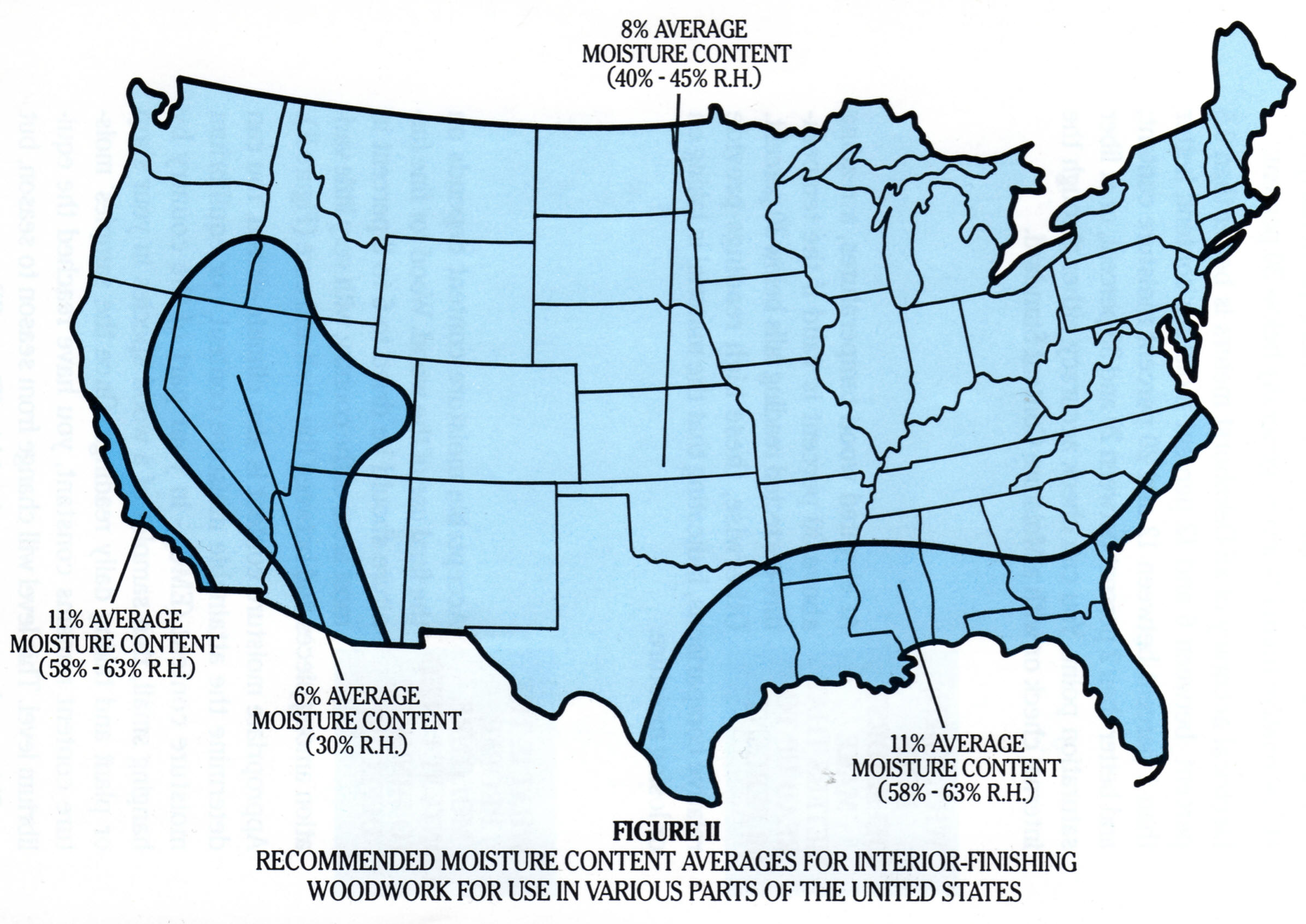Bruce - Jerry Metz used to write a monthly column for a trade rag where he would answer questions sent in by woodworkers. His background was production manager in larger furniture factories during the late '40's and up to the 60's.
He was particularly known for "rip and flip" where no piece of wood was to be wider than 3" and annual rings were to be reversed alternately. In retrospect, this had very limited application outside of mass produced white wood furniture with heavy stain.
Well, I found out first hand that he was much like Dear Abby. He would make up the questions and supply the answers, just like other 'advice columnists'.
I wrote in 1983 or so with some questions about chip beat on Poplar moldings, sent him a few samples and (back then) a nice typed letter explaining the problem and samples. And some praise and thank you for the info he freely handed down. I even sent a self addressed stamped envelope for a response. I needed an answer.
Months passed. Nothing in the mail or in the magazine related to my problem. One question was answered about being sure dust collection was tight and had a good draw, but not my byline or near my questions.
I wrote again, referring to my earlier letter. Again no response. I wrote a third time, copied to his editor, and got back a written - or scrawled - note on lined paper that said "Dust Collection!" This was crap. He had stirred my interest and my ire.
I found a number and called him. This was back when I was a Type A hard ass, running a 20 man shop. Weinig had no answer, the dust guys checked and we were 20% over capacity. Even a weyerhaeuser machine exec was puzzled. I was aggressibely pursuing an answer.
He answered and told me that he was merely an advice columnist and made up the letters and answers. I could almost hear him say "you fool...". The only answer he had for me was provided earlier - dust collection. Which we had in spades. He was pretty irritated. My bubble burst audibly. He had been my last hope, and I wrongly looked to him for my answer.
Today, I don't see a lot of chip beat (and when I do, I am unsure why), but I always think of Jerry and our interaction.
